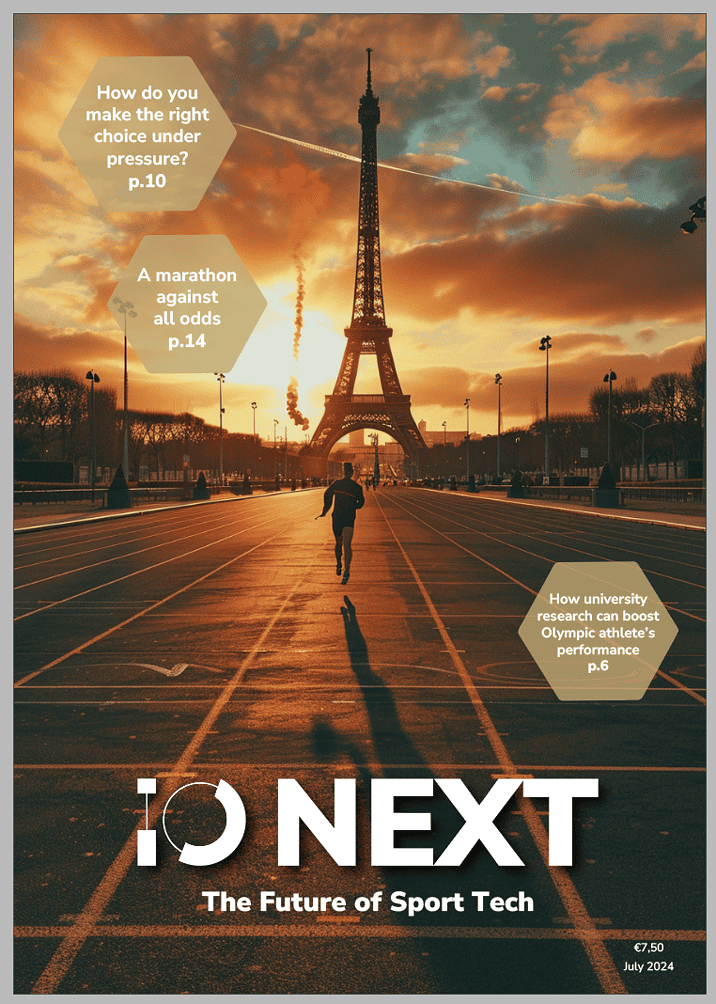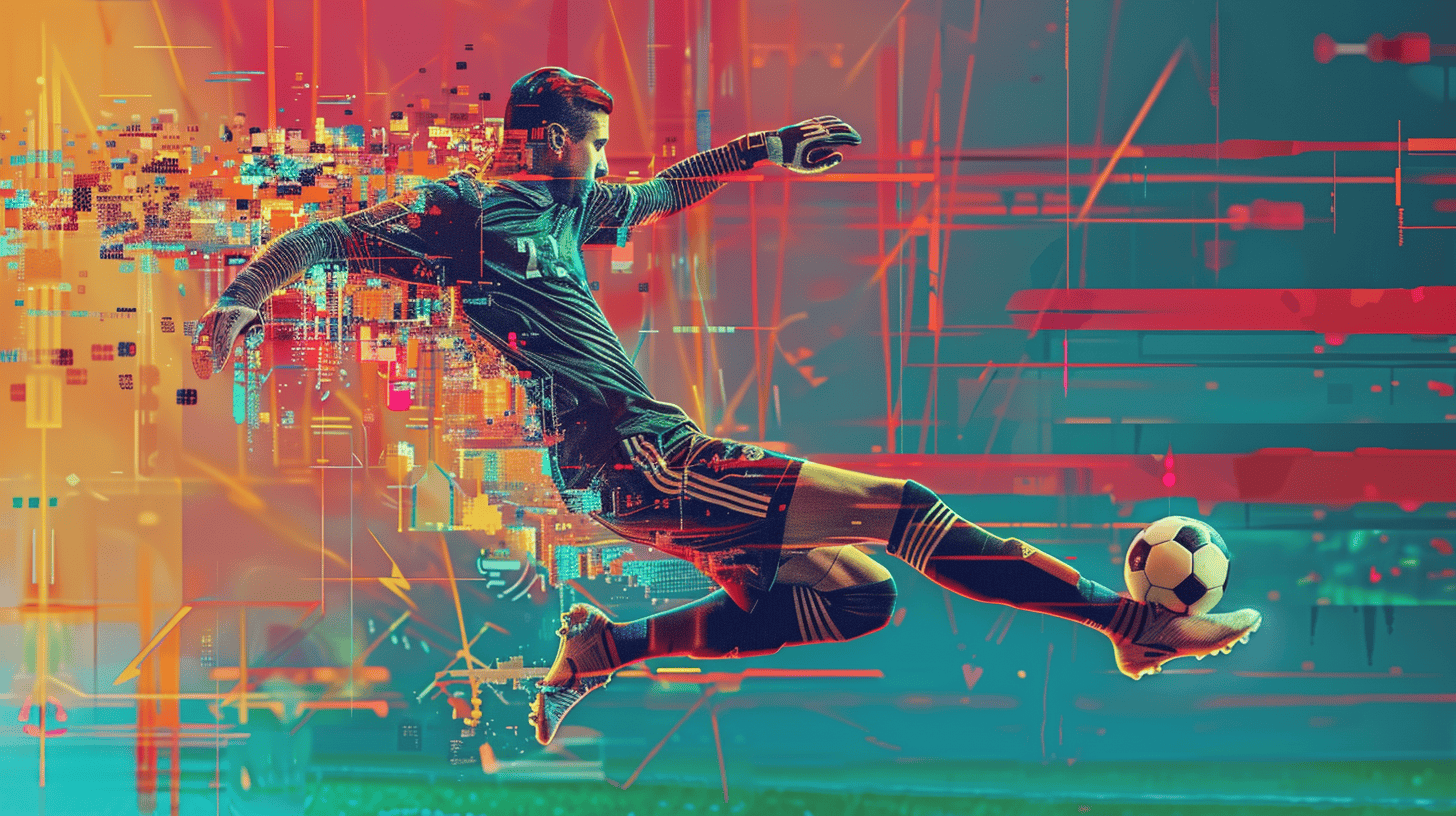
Better solar panels, groundbreaking materials, and green fuels, but also darts to improve throwers precision, injury models, and wheelchair sports sensors: the Delft University of Technology (TU Delft) is also a hot hub for sports innovation. For a decade now, the TU Delft’s Sports Engineering Institute has been pioneering sports research in the country, helping top athletes improve their performance.
In the buildup to the upcoming summer Olympics, the institute hosted a day to celebrate its ten years of work. An extensive exhibition hall showcased some of the innovation projects Delft scientists worked on with professional athletes. IO picked some of the most interesting ones for you.
1. Preventing injuries in overhead sports
The most common injuries baseball pitchers suffer are at the elbow or shoulder. This is because they frequently throw the ball hard at a small target, repeatedly stressing their arm and thus increasing the chances of developing injuries. Bart van Trigt, a researcher at the department of biomechanical engineering, has created an injury model to reduce traumas, Pitch Perfect.
The technology uses sensors embedded in the player’s jersey to measure the timing between the hip and torso rotation. Throwing the ball involves moving the whole trunk, so this comprehensive movement needs to be considered to get a better idea of the injury risk. When the movement is optimal, the hips turn first, followed by the torso. If the torso doesn’t follow up on the hips because of fatigue, extra strain is put on the arm. Sensors provide a live measurement of the movement, informing players via an interactive app. This way, athletes and coaches can manage training loads better. Although initially developed for baseball, the concept can serve all other overhead sports, such as tennis and volleyball.
There’s something about sport. And so here is a magazine full of technology and sport for you. For ‘IO Next: The Future of Sport Tech’ our team delved into innovations for professionals and amateur athletes.

2. A ring of fire to improve performance
Understanding aerodynamic forces and their behavior in detail can help athletes and their teams dramatically improve performance. Among the many athletes, this is true for cyclists, short-track skaters, and runners. Delft researchers developed a so-called Ring of Fire for the Olympic team to help athletes optimize air resistance. A small reproduction of the ring was on display at the exhibition hall.
The Ring of Fire is a ten-meter-long track filled with helium-filled soap bubbles, cameras, and laser lighting. Athletes run through it, and by analyzing the bubbles’ movement, scientists can better understand how aerodynamic forces interact with the runner or skater’s body. This test setup flips the idea of a standard wind gallery, where air is blown past a stationary object or person, not allowing for a complete study of its aerodynamic properties. Through the ring of fire, differences between different postures or suits can be studied, helping athletes go beyond their limits.

3. Wheelchair power
Measuring power tells a lot about an athlete’s performance, providing insights into training load, fitness, and pace. While plenty of ways to measure power exist for ambulatory athletes, this is not the case for wheelchair athletes. This is why the TU Delft Sports Engineering Institute decided to delve into the matter, devoting a project to improving wheelchair sports performance by optimizing the power athletes produce in training and competitions.
The university developed sensors that attach to the wheels to monitor power production during a sports session. Such measurement provides insights into the athlete’s performance, helping coaches and players to raise the level of performance and training. The sensors have already been tested in wheelchair tennis and basketball.
4. Optimizing BMX start
In BMX races, having the best start often paves the way to the win. When a biker gets off to a good start, being ahead of the group after the starting hill, it gains a significant advantage over the competitors. Yet, what happens at the race start is unclear, such as how much power athletes produce and how much force they deliver. So the NOC*NSF – the Dutch umbrella organization for sports – reached out to Delft researchers.
And scientists picked up the call. They developed a measuring device that measures forces and powers 400 times per second, providing extensive insight into what happens during a start. This information helps athletes understand how to perform their very first pedal strokes, putting themselves in the best position to then win the race. The Dutch team will take advantage of this tool in the upcoming Olympics. As they say, well begun is half done.
5. Right to the bullseye
Visitors could test their darting abilities at one of the exhibition hall booths, aiming for the bullseye. Delft researchers developed a dart that is less sensitive to human error and nearly 50% more accurate than a conventional one. Mutuating the same principles behind the design of aircraft and missiles, scientists could dramatically enhance the accuracy of the dart.
Researchers developed a dart-throwing robot to analyze the flying object’s trajectories, speed, and position.. The technology was developed and tested with some of the best Dutch dart throwers, who were impressed with the academic work. What’s more, spin-off Rocket Darts originated from this research, developing improved darts, giving players extra control over their throws.


